This article was co-authored by Karin Lindquist. Karin Lindquist earned a BSc in Agriculture as an Animal Science major from the University of Alberta, Canada. She has over 20 years of experience working with cattle and crops. She's worked for a mixed-practice veterinarian, as a sales representative in a farm supply store, and as a research assistant doing rangeland, soil, and crop research. She currently works as a forage and beef agriculture extension specialist, advising farmers on a variety of issues relating to their cattle and the forages they grow and harvest.
This article has been viewed 22,529 times.
This is an in depth guide of how to identify Dutch Belted cattle. Dutch Belted cattle are also called Lakenvelder cattle.
Steps
-
1Do a search on the Internet or your cattle breeds book on "Dutch Belted" cattle.
-
2Study the characteristics of the breed. Note the following:
- Colouration: Dutch Belted cattle are primarily black cattle though occasionally there's also red coloured and even silver-brown coloured cattle. All cattle have a characteristic white "belt" around their bellies, that starts at the mid rib and ends at the flanks, and goes all the way around them.
- Body type and characteristics: Dutch Belted have the same angular-type body like any dairy breed does, with the typical "funnel butt" and finer bone structure than a typical beef animal would have. However, there are some herds of Dutch Belted cows that have the more beefier, fuller look to them than other cows will. The picture above of the cow in the background shows this exception. Cows average between 900 to 1500 lbs, and bulls average from 1350 to 2000 lbs. They have a slick coat in the summer like Holsteins would, but can get quite furry in the winter.
- Head characteristics: They can be both polled and horned. DB's have the same kind of fine characteristics as a Brown Swiss would, that being a feminine, refined head in all females of this breed. Naturally, the bulls are quite masculine like any dairy bull would be.
-
Other characteristics: Dutch Belted cattle supposedly originated from Austria and Switzerland, and were very popular in the 17th century on many estates of the nobility during that time. This breed began to gain popularity in Holland in 1750. Dutch Belted cattle were once the most popular dairy breed in North America from 1815 to 1940. From then, Holsteins took over, and the Dutch Belted breed became quite scarce. Today, the American Livestock Breeds Conservancy lists the Dutch Belted as Critically Rare since there are barely 200 registered animals in the country.
- Dutch Belted compare favorably with Holsteins in terms of milk production, averaging about 20,000 lbs of milk per year on forage alone. Their milk tests at 3.3 to 5.5 percent butterfat. They are very easy calvers, quite friendly, have surprising good longevity, fertility, and high meat quality.
Advertisement -
3Memorize the details and characteristics of this breed.
-
4Go on a field trip or road trip and see if you can find farms and ranches with Dutch Belted cattle. Take pictures of what you thought were Dutch Belted cattle, and compare them with pictures of Dutch Belted on the Internet and in your cattle breeds book.
Community Q&A
-
QuestionAre Dutch Belted and Galloway Belted cattle the same?
 KarinTop AnswererNo, they are entirely different breeds. Belted Galloway are hairier and naturally polled, whereas Dutch Belted are predominantly horned with shorter hair. DBs are dairy cattle, BGs are beef cattle.
KarinTop AnswererNo, they are entirely different breeds. Belted Galloway are hairier and naturally polled, whereas Dutch Belted are predominantly horned with shorter hair. DBs are dairy cattle, BGs are beef cattle. -
QuestionWhy would I need to know this?
 KarinTop AnswererDutch Belted cattle easily can be confused with Belted Galloway because they look much the same. For those interested in the breed, and in breeds of cattle in general, it's nice to know what to look for when identifying a breed such as this.
KarinTop AnswererDutch Belted cattle easily can be confused with Belted Galloway because they look much the same. For those interested in the breed, and in breeds of cattle in general, it's nice to know what to look for when identifying a breed such as this.
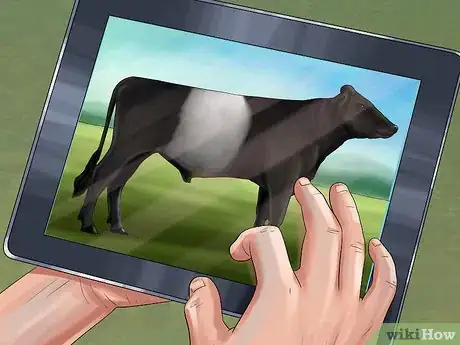
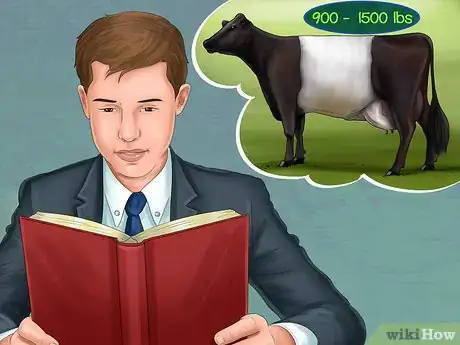
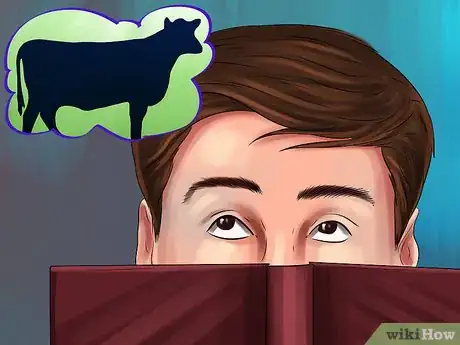
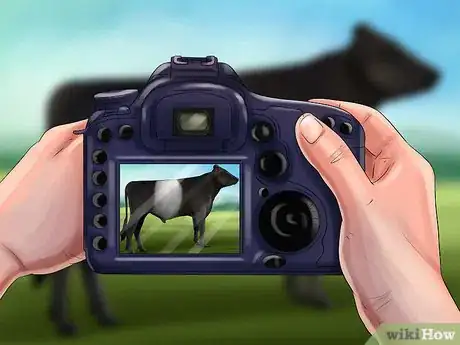
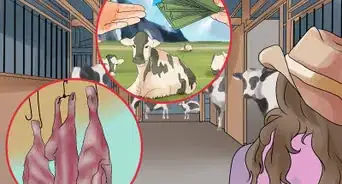
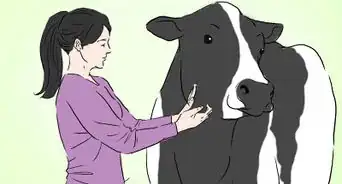

-in-Cattle-Step-6.webp)
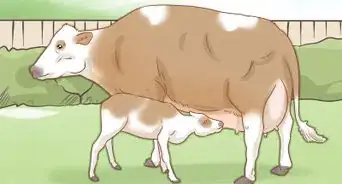

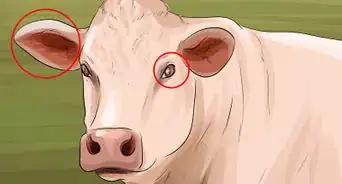
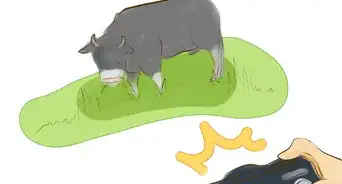
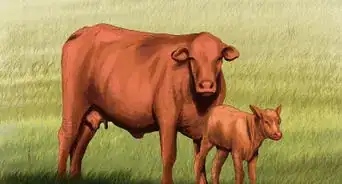







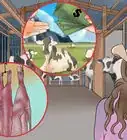
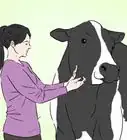

-in-Cattle-Step-6.webp)


































